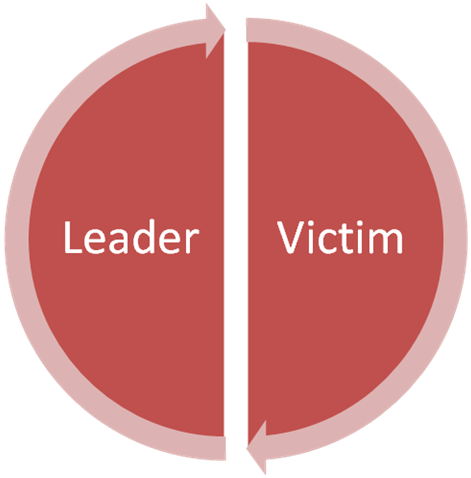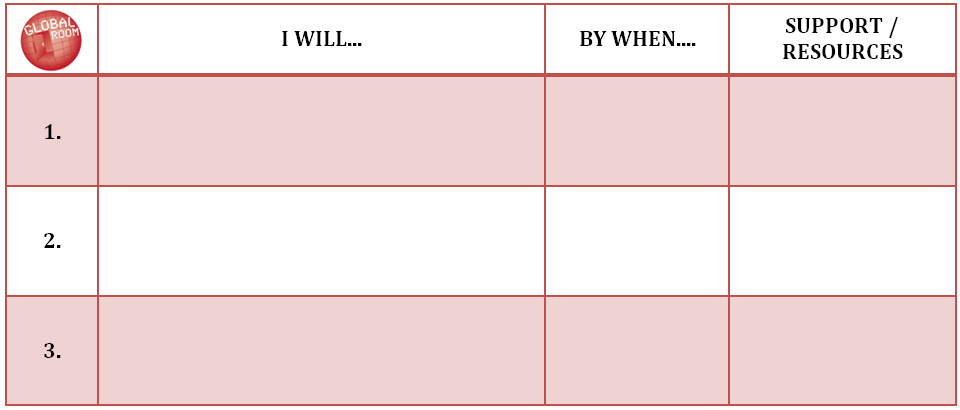Leaders have vision. They know what they want, and in doing so they create actions to lead them to achieve their vision. And they enjoy their daily actions as they know it is bringing them closer to their goal.
Victims take things personally and make assumptions. Victims blame everything and everyone for their unhappiness and lack of action. In many cases, society welcomes victims, and victims embrace other victims with sympathy. In today’s society victim’s stories are well received, as people sympathise with the victim’s stories.
A leader rises up from oneself and societal conditioning. A leader is not concerned about what others think. It doesn’t need reassurance or acknowledgement from others. Because a leader already knows what is right in his/her heart. A leader is driven by internal forces and inner courage. A leader communicates clearly and dispels any assumptions or misunderstandings. A leader takes responsibility for their own mistakes and the wrongful actions of others within their influence.
Victims feel the fear and stop. They stop breathing, they stop action. They freeze.
Leaders feel the fear and do it anyway. They breath deeper, they know that fear is a precursor of change and do it anyway. Leaders know that just starting those things they fear most will allow them to keep learning and growing and the fear will dissipate.
Leaders are driven by their inner desire of continual growth and personal development. They are aware of what surrounds them and are proactive in responding to any changes.
Victims react and blame and rely on external factors to help them make decisions. Victims never feel satisfied, they move from one project to the next, procrastinating and never fully engaging in seeing anything through.
But leaders use critical thinking and understand the purpose that leads them into taking action in the first place.
Victims don’t want to admit that they are victims. But there is nothing wrong with admitting it. I was a victim most of my life. I was possibly the biggest victim anyone could be. But victims are not bad people, not at all; they’ve just lost their way mostly due to circumstances out of their control. But the minute a person admits of being a victim… that’s the most powerful moment, because it is in that instant they realise the source of their suffering and through that clarity, they are empowered to make a choice on whether to continue to live the same way, or to step out of it and choose to do different. That’s how leaders are grown. Leaders look inside themselves and acknowledge there is a way out, something strong and powerful that nobody or nothing can touch. And if they manage to stay in touch with that inner strength then they will be on the way to become true leaders.
And then before they know it, others take notice and are inspired by their self-leadership ability and so what once started as self-leadership later becomes outer leadership. They undergo a transformation from victim to leader to role model, and many are motivated by their actions, which in turn promotes and empowers others to follow suit.
REFLECTION
Today’s leaders come in the shape of organizational leaders, mothers, fathers, carers, healers, pioneers, athletes, scientists, animal lovers, environmentalists, politicians, and many more. Today’s leaders look like you. And you have the potential to be a leader if you haven’t become one yet.
- So, are you a victim or a leader?
- If you identified yourself as a leader, in which ways are you leading your life?
- And if you identified yourself as a victim, in which ways are you playing the victim’s role? What behaviours and thoughts can you identify about yourself that hold you as a victim?
- With this new insight on self-leadership, what would the benefit be to evolve from being a victim to becoming your own leader? What would the outcome be?
- What effect could your self-leadership have on others? Who are you currently leading?
- Can you identify leaders in our society? And victims?
- Who are your role models? Why?
- As a leader, if you could influence anyone, who would that be? Why?
SELF-APPLICATION
PART I LEADER vs VICTIM AWARENESS WHEEL
Each section on this wheel represents your Leader side and your Victim side. Look at each side independently and give yourself a score of 1 to 10 on how much of a leader or a victim you feel you currently are. Draw a line on each side to represent your current score.
The key in this exercise is to become aware of your Victim / Leader current status, and to create a plan to decrease your victim side and increase your self-leadership ability. This is a great tool to create a proactive development plan to help you grow and develop.
PART II
I am asking you to make a decision right now, as to whether to become a leader or continue to be a victim. The choice is yours. The power is within you. Leaders are not born; they are made through hard work. Anyone can be a leader. You can be a leader. All I ask from you is to make a choice.
If you consider yourself a victim and would like to transition into a leader, name the top three steps that you are prepared to commit to in order to get into self-leadership action:
If you completed the above action plan, congratulations, the leader within you has just awakened!
You have to believe in yourself, that’s the secret. Even when I was in the orphanage, when I was roaming the streets trying to find enough to eat, even then I thought of myself as the greatest actor in the world.
Charlie Chaplin

